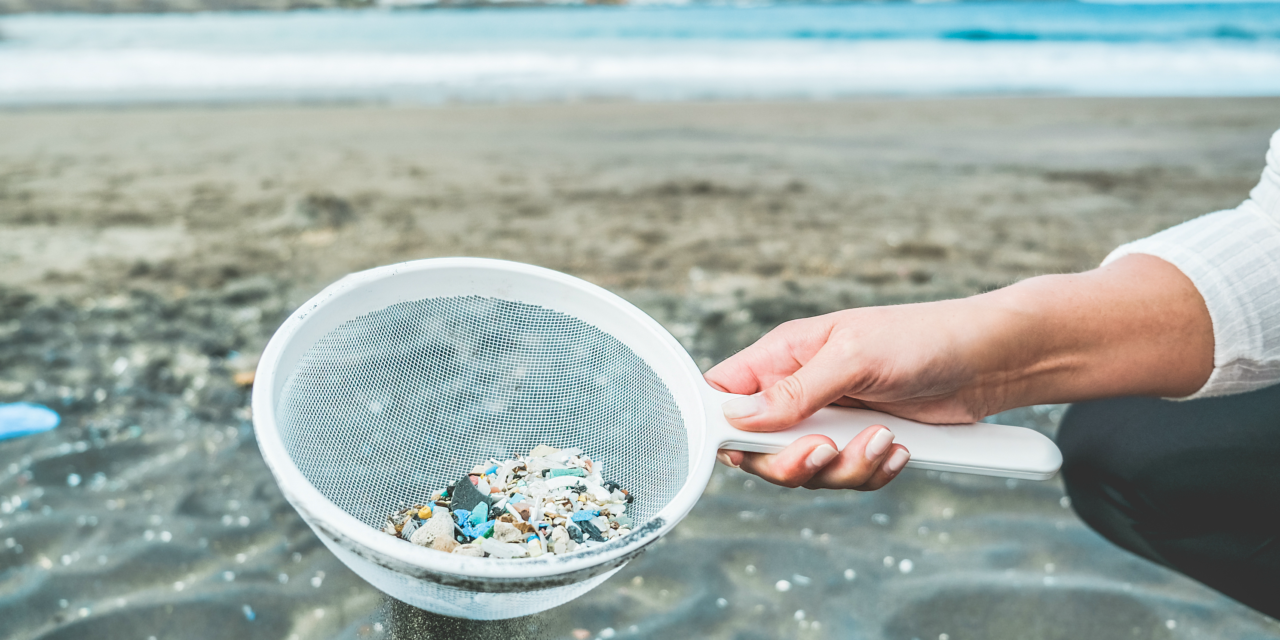The world’s oceans face threats on many fronts. Water pollution and air pollution pose significant dangers to oceans and the marine life that call them home, but a much smaller threat is having its own devastating impact on the world’s oceans.
The National Oceanic and Atmospheric Administration acknowledges that not much is yet known about microplastics, which are small pieces of plastic less than five millimeters long. Though much about microplastics remains unknown, researchers do know that these tiny pieces of plastic can be harmful to the oceans and marine life.
Where do microplastics come from? National Geographic reports that microplastics are categorized as primary or secondary. Primary microplastics are tiny particles designed for commercial use and can include microfibers shed from clothing. Microfibers shed from fishing nets are another example of primary microplastics.
Secondary microplastics develop after larger plastic items break down. For example, some microplastics form as plastic water bottles break down, while others are byproducts of the breakdown of plastic bags, such as those used in grocery stores.
Why are microplastics so threatening? It might seem odd that something smaller than five millimeters, or 0.2 inches, can pose such a significant threat to something as vast as the ocean. However, despite their size, microplastics still take thousands of years to decompose. In the meantime, microplastics find their way into everything from plankton, to whales, to the foods we eat, and the water we drink. The NOAA notes that microbeads are a type of microplastic that pass through water filtration systems, ultimately ending up in oceans and even lakes, where they pose a threat to marine life. Microplastics like microbeads have been detected in commercial seafood, meaning that anyone who eats fish could inadvertently and unknowingly be consuming plastic.
Are microplastics dangerous to humans? Anything that poses a threat to the world’s oceans and the marine life that live in those waters is dangerous to humans. Oceans produce more than half of the world’s oxygen, and medicinal products used to fight diseases like cancer also rely on ingredients found in the ocean. Therefore, when the oceans are in danger, so, too, are humans.
The use of plastic microbeads in certain products was banned in the United States in 2015, which reflects the concerns environmentalists and public health officials have about microplastics. And though National Geographic notes that researchers are still uncertain about how consuming microplastics affects the human body, many nations like the United States are erring on the side of caution and increasingly banning the use of microplastics.
Microplastics pose a potentially significant danger to the environment. More information about microplastics can be found at www.oceanservice.noaa.gov.











